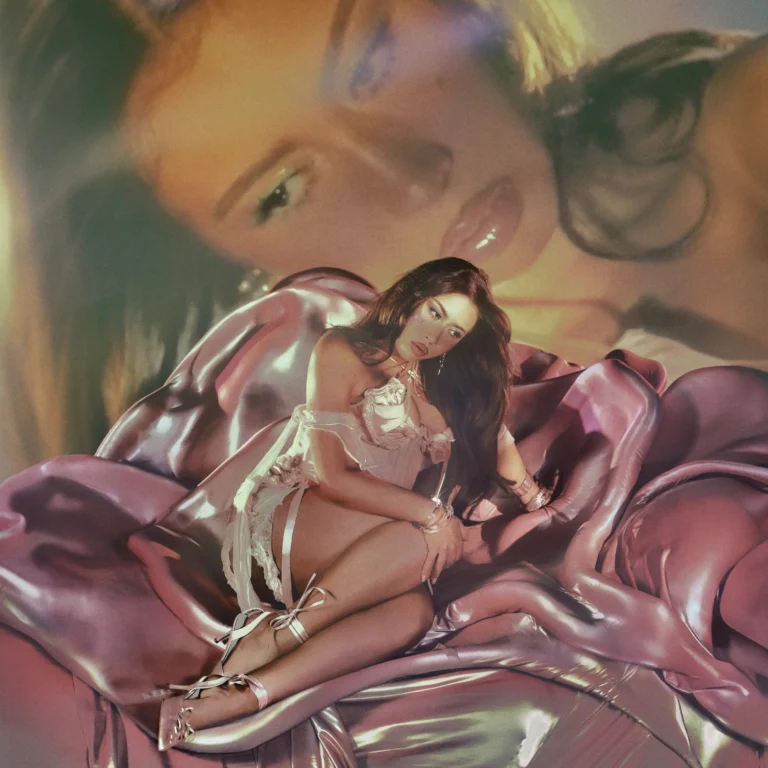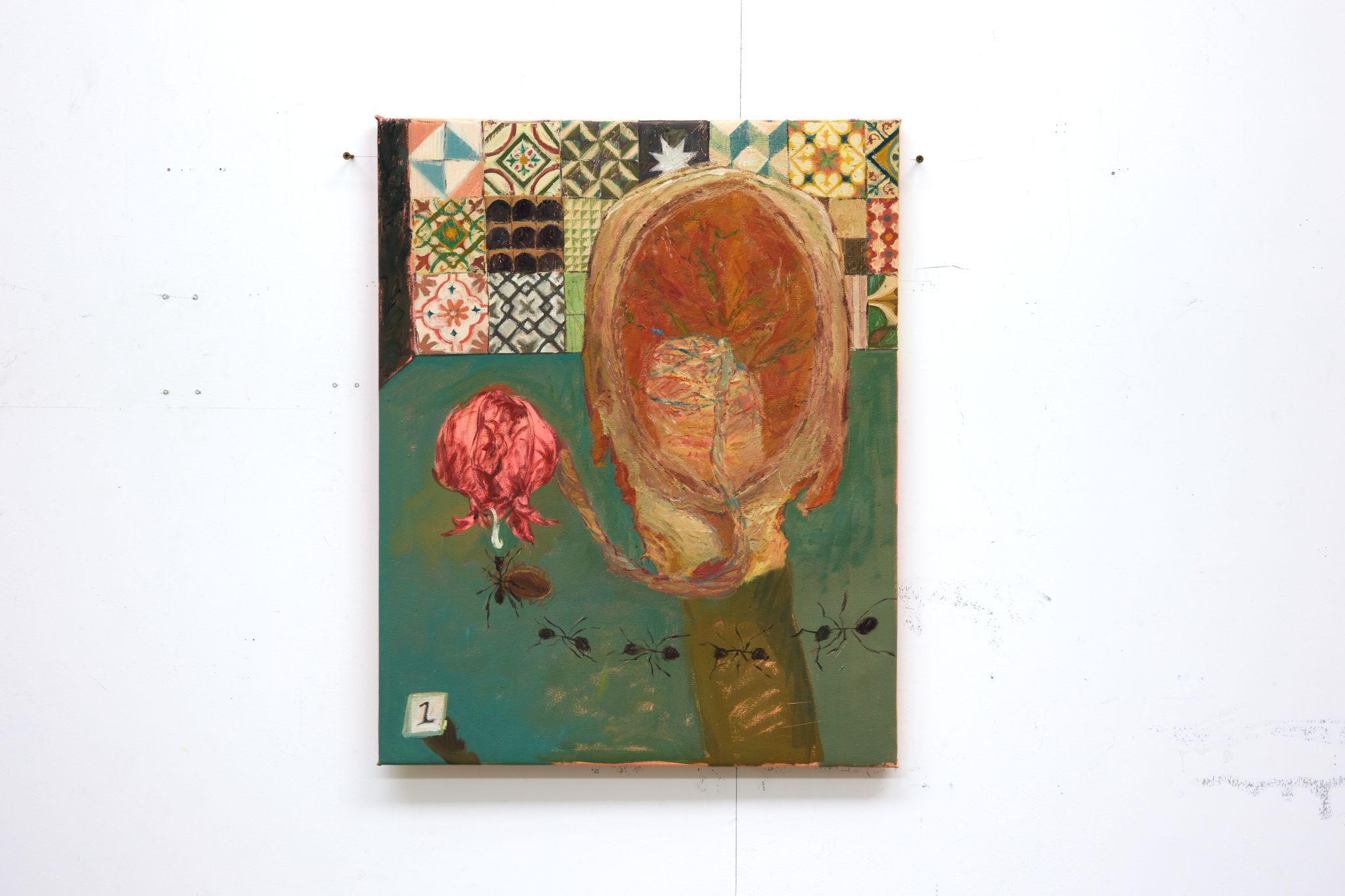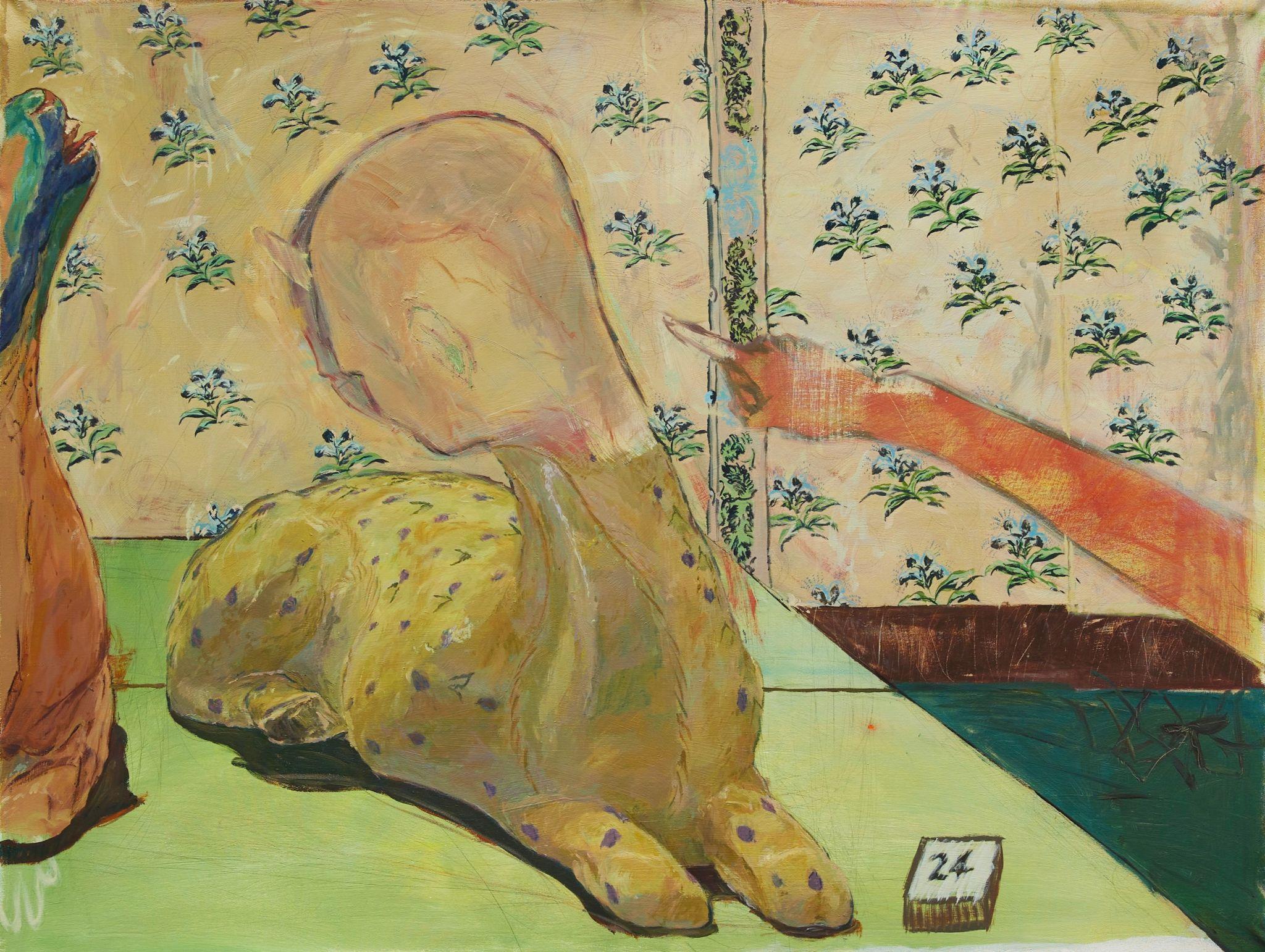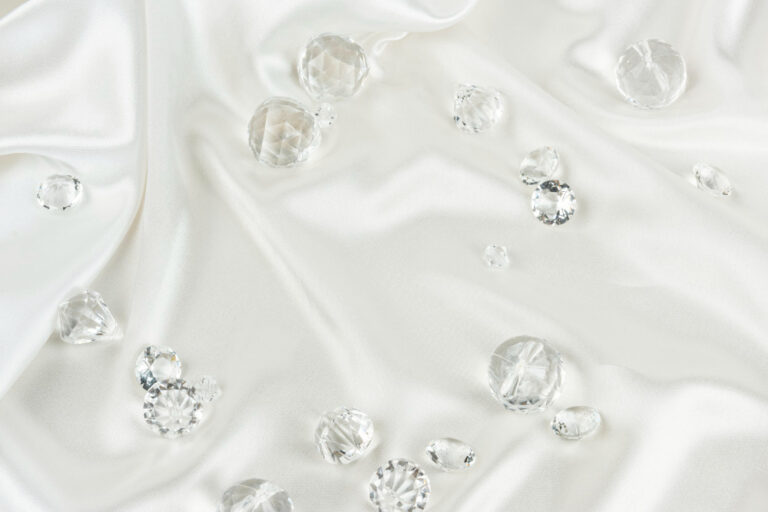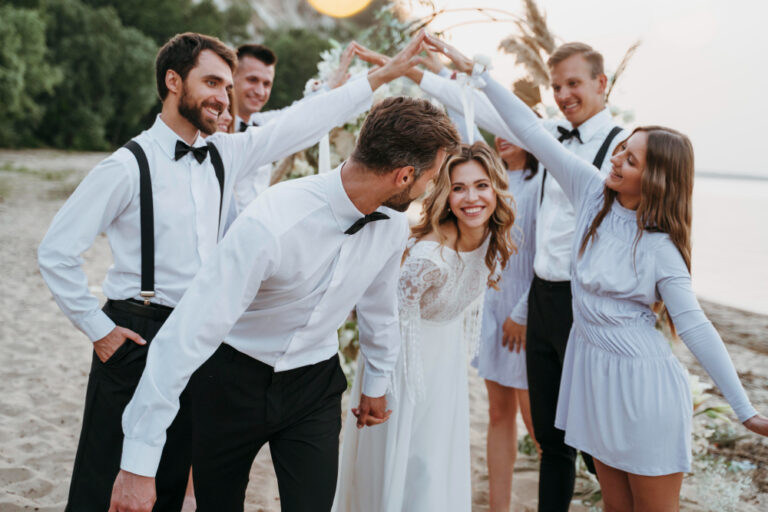Think about weddings twenty years ago. You’d hire a photographer, hope for some decent disposable camera shots at tables, and wait weeks—sometimes months—to relive those memories. Fast forward to today, and wedding photography is undergoing a huge shift. We’re swapping stiff, posed pictures for real-time, spontaneous moments. It’s not just about one photographer anymore; it’s about guests becoming photographers themselves.
Platforms offering Easy photo sharing for weddings have accelerated this transformation. Now, weddings aren’t captured by just one professional, but by dozens—sometimes hundreds—of personal lenses. It’s fresh, inclusive, and way more fun.
Let’s dive into how GuestCam is driving this new wedding photography culture, one QR code at a time.
The Shift from Posed to Authentic Moments
Remember those awkward family photos where everyone looks slightly uncomfortable? Those have their place (Grandma might insist on it), but today’s couples increasingly prefer the raw, authentic vibes of candid photos.
GuestCam taps right into that. When guests scan a QR code, they instantly share their candid snaps to a live gallery, giving everyone a real-time view of the celebration. Those photos—the laughs, unexpected dance moves, and the occasional hilarious mishap—tell the story far better than formal portraits ever could.
This shift reflects a broader cultural move towards authenticity. Today, we value memories that capture genuine emotion over perfectly posed scenes. Guest-driven photos embrace this beautifully imperfect approach, allowing every guest to contribute their unique perspective.
Everyone Becomes the Photographer
Traditional wedding photography meant relying heavily on the professional hired for the event. They’d run around tirelessly, snapping moments, but inevitably, some spontaneous memories slipped through their lens. And those disposable cameras placed on tables? They were a fun concept, but good luck developing a roll without blurry thumbs covering half the shots.
GuestCam completely changes this. By using simple QR codes accessible from smartphones, every guest can instantly share their perspective. Think about the potential: hundreds of mini-photographers capturing the ceremony from all angles, sharing scenes that the professional photographer might never spot. It’s like crowdsourcing memories in real-time.
Not only does this mean more comprehensive coverage, but it also brings guests closer to the action. Suddenly, wedding photography feels democratic, inclusive, and participatory.
Instant Gratification: Real-Time Sharing is Everything
Remember waiting weeks or even months to see wedding photos? Thankfully, those days are fading fast. We’re living in a culture of instant gratification—fast food, streaming entertainment, and same-day deliveries have trained us to expect immediacy.
GuestCam understands this craving. As soon as guests upload their photos, they’re instantly available in a live gallery. Guests can see their shots immediately, comment, laugh, and interact in real-time. The bride and groom can even check out pictures during the reception, seeing their own celebration from fresh perspectives while it’s still happening.
This immediacy doesn’t just satisfy impatience; it transforms the wedding experience itself. Guests feel more engaged, and couples feel more connected with their loved ones during the big day.
Fostering Community and Shared Experiences
Modern weddings are increasingly viewed as community celebrations rather than formal, structured events. Couples today want their guests to feel involved, connected, and genuinely part of the moment. Platforms like GuestCam aren’t just about photo-sharing—they’re about strengthening relationships through shared experiences.
When everyone contributes their own viewpoint, they become more invested in the event. This creates a unique communal energy, turning weddings from spectator events into interactive celebrations. People bond over funny snapshots, unexpected photobombs, and shared laughter. The sense of community becomes tangible, even long after the reception ends.
Curated Memories: Not Losing the Charm of Professionalism
Now, it might seem like we’re advocating ditching professional photographers entirely. But that’s definitely not the case. Professionals still play a crucial role—they’re skilled at capturing beautiful, artistic, and timeless images that frame-worthy. GuestCam complements this by filling in the gaps that traditional photography naturally leaves behind.
This creates a balanced blend of high-quality, curated shots and spontaneous, guest-driven memories. You end up with two perspectives: the polished visuals crafted by pros, and the lively, vibrant, unfiltered images captured by your friends and family. Together, these two styles form a complete narrative of your special day.
Reducing the Stress of Missing Moments
One hidden perk couples love about real-time guest photography is the reduced stress. Every couple wants their wedding perfectly documented, but worrying about missed moments can be exhausting. GuestCam provides a reassuring backup. If the professional misses Uncle Jerry’s surprise dance move or your best friend’s emotional toast, chances are high that someone else captured it.
Knowing that dozens of friends are capturing every quirky, emotional, and joyful moment in real-time means you can relax and genuinely enjoy the day—without the anxiety of potential lost memories.
The Cultural Impact: A More Inclusive Documentation
Culturally, weddings have always been a snapshot of societal values. Today’s emphasis on inclusivity, diversity, and authenticity is mirrored in how weddings are documented. GuestCam embodies this cultural shift beautifully.
In the past, wedding memories were filtered through the lens of a single professional’s vision. Today, everyone’s viewpoint matters. This democratization creates richer, deeper, and more diverse archives of personal history. It allows every guest, from kids to grandparents, to actively shape the event’s narrative.
This isn’t just photography—it’s an inclusive cultural evolution in real-time storytelling.
Easy Integration and Accessibility
Part of what makes GuestCam’s QR-code method so revolutionary is its ease of use. It’s intuitive enough for even the least tech-savvy guest. There’s no complicated app to download, no login hassles, and no confusing interfaces. Just scan, click, upload—easy enough for Grandma, fun enough for your Gen Z cousin.
This ease of integration helps bridge generational gaps, making photo-sharing a universally enjoyable part of the wedding experience. Accessibility is a key factor driving GuestCam’s popularity, turning a potential technical headache into a seamless part of the celebration.
Sustainability: Cutting Waste from Disposable Cameras
Let’s briefly talk sustainability. Disposable cameras are fun, but let’s face it—they’re not exactly eco-friendly. With the rise of digital alternatives like GuestCam, weddings become more environmentally responsible. No plastic waste, no chemical film processing—just clean, digital fun.
Couples embracing digital photo-sharing via QR codes often do so knowing they’re also reducing their event’s environmental footprint. This alignment with sustainable values makes digital photo-sharing even more appealing for today’s conscientious couples.
A Lasting Digital Archive
Finally, there’s the longevity factor. Physical photos fade, get misplaced, or end up stuffed in boxes. GuestCam creates lasting digital archives of wedding days, easily accessible long after the celebration ends.
Years later, couples and guests alike can effortlessly revisit those precious moments. The digital gallery becomes a shared historical resource, deepening relationships and allowing memories to continually reconnect people.
Conclusion: A New Era of Wedding Photography
The evolution from candid to curated photography through GuestCam isn’t just a technological trend—it’s a cultural shift toward inclusivity, immediacy, and genuine emotional connection. The blend of professional and guest-driven imagery creates a comprehensive, multi-layered narrative of weddings that was previously impossible.
Couples today seek authenticity, fun, and engagement in their wedding memories. GuestCam delivers precisely that, reshaping the way we celebrate and capture weddings. It’s not about replacing tradition—it’s about enhancing it, turning photography into a meaningful communal experience.



